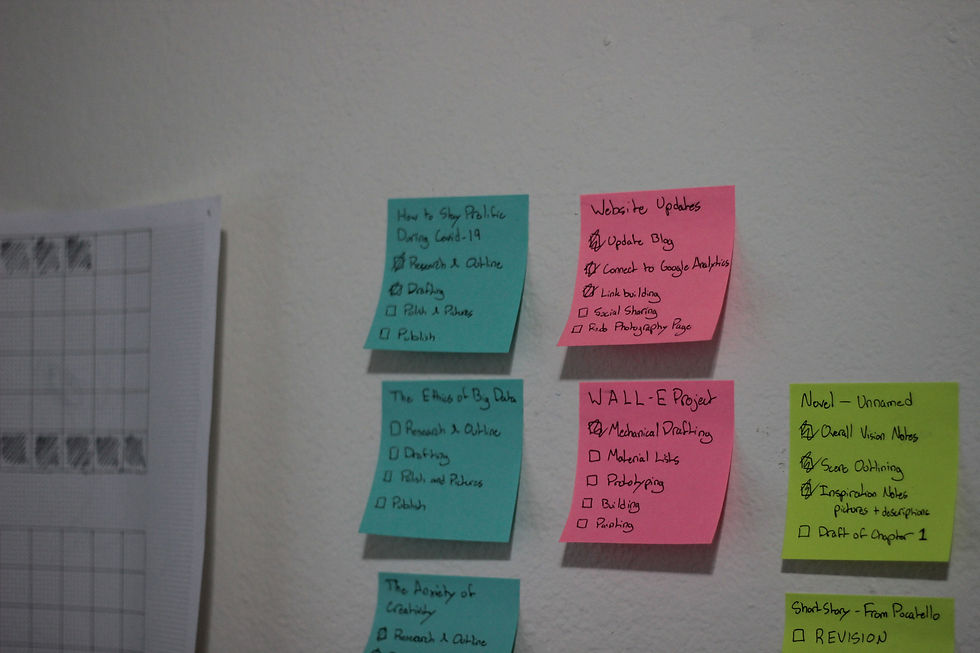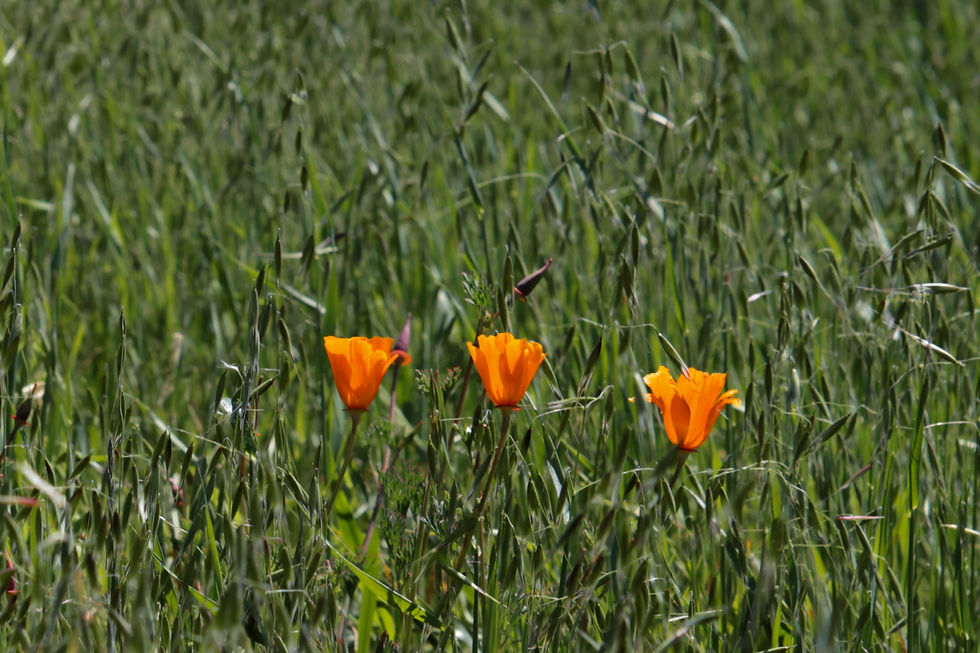Writing About Something When Nothing is Happening

I’ve been slacking. And not for the usual reasons.
If you are being a responsible member of Society™ and quarantining yourself from those most at risk in your community, you may find that you are extremely unmotivated and have lost interest in some of your hobbies.
I have stopped writing in recent weeks. This can be especially true for those of us whose boredom and lack of motivation manifest in what I would call … The Anxiety of Creativity.
Despite all the free time, we struggle to find fulfillment in our hobbies that used to be so captivating.
The Anxiety of Creativity is, in part, the feeling of wanting and needing to produce some creative object. I get these on days where I participate in more energy-producing activities than energy-burning ones. During this pandemic, I’ve been having these days more and more often.

Regardless of your medium, The Anxiety of Creativity might affect you. Artists, writers, quilters, readers, sculptors, mechanics, engineers, DIYers, and gardeners can all experience this feeling. Despite all the free time, we struggle to find fulfillment in our hobbies that used to be so captivating.
But how to overcome this? How do you remain prolific in your hobbies during such an unprecedented time as this? I recommend these tips to remain prolific and productive during the Covid-19 Quarantine.
Create Your Schedule
All of my suggestions are going to work for some but not for others. That’s true of all advice you come across from a stranger on the internet, writing as though they have a Bachelors in Advice Giving.
However, of all the recommendations I’ll be giving, this one is the most universal. Make a schedule. You may have a officework, schoolwork, or workout schedule, but I would highly recommend scheduling your hobbies.
Creating realistic schedules for your hobby reinforces a goal-driven mindset that you don’t normally utilize.
Think about this: when did you do your hobby before getting locked inside? Did you have an hour of quilting after getting home from work as a stress-reliever? Did you read on the bus commute to your work?
Lots of times, our hobbies find themselves occupying the free time that our daily schedule allows for. Once that daily structure went away, so did our need for hobbies. The best logical solution is to create a schedule for your hobbies as well as your work.

This can take virtually any form, but I’m a fan of putting sticky notes all around my wall to plan out my week. It allows me to visualize my day’s Work:Play ratio and organize my thoughts out in the open.
It also seems to match my chaotic mind, jumping between tasks like a caffeine-wired squirrel jumping from tree to tree.
Your planner can take any form. It could be a monthly, weekly, or daily calendar, filled with everything and anything you want to make sure you do. Scheduling it out is the first step to making it happen!
Define Your Style
One of the hardest things to do as a creative is defining a style. It’s the “thing” that differentiates your work from everyone else’s. It often takes years of introspection and a critical eye. What better time than now to refine?
I believe that if there is any kind of opportunity to be found in this situation, it’s that we all have the time and boredom to evaluate our past work.
Defining your style involves identifying the commonalities and strengths of your work, and synthesizing out of that a formula or framework that you can use for the future.
Go back into your records of all your work; this could be anywhere from one to two pieces of pottery to three or four hundred poems. Find the best of the best of it. The works that made you the most proud. From there, dissect them and find their integral parts, identifying the strengths and the recurring themes that define them.
This painter uses amazingly vibrant colors. This sculptor has a tell-tale handle shape. This CAD designer uses a polygon design structure instead of a triangular one.
Defining your style involves identifying the commonalities and strengths of your work, and synthesizing out of that a formula or framework that you can use for the future.
Once you have that framework, that style, you can begin creating with it. Practice makes perfect, and you can practice with what is now, definitively, Your Style.

Branch Out
For those of you that feel like you’ve hit a wall, immovable by the rest of these tips, try branching out.
Trying new arts is not a recognition of failure of your art.
Personally, I dabble in photography all the time. This is a completely different field and medium than writing. Since it is so far outside my normal medium, it is challenging and humbling.
There seems to be a trend these days where people are defined by their work. You are a painter, you are a photographer, you are a builder. And if you stray from these things, it means you failed, somehow.
But that’s not it. Trying new arts is not a recognition of failure of your art. It is improving it by association.
Branching out from your hobby benefits you in a number of ways:
You learn new skills This greatly satisfies the Anxiety of Creation. Learning is a form of creativity, as you are making sense out of nothing.
New skills inform your past skills When I started doing photography, I began to notice how it affected my writing. New inspired settings and imagery that I would never have thought of without the help of a camera lens.
You gain new-found respect I never knew how much technical skill there was in photography until I tried to take a simple picture of a flower. There are gazillions of settings, thousands of camera types and models, and hundreds of physical principles that dictate how your picture comes out.
You may just find a new hobby This doesn’t happen too often, but you may find that you have a particularly affinity for this new hobby. Maybe you’re extremely skilled in it or enjoy it more than your current hobby. Keep exploring it!
Your branch-out doesn’t need to be entirely foreign, either. It could mean jumping from drawing to digital illustration. The important thing is that you experience and learn new things.
Get Inspired
So simple yet so difficult.
Inspiration hits from a thousand different sources, and often never strikes the same point twice. That’s right, you can’t just wait for thunderous revelations.
Think to all the times you’ve been inspired; that epiphany, that book idea, that perfect song lyric, that image that you just had to get onto paper. Think about where it came from. From a photograph, or a Netflix TV show, or a book, or an offhand comment from your roommate.
Inspiration strikes from the most unlikeliest of places, but always from something new. Read something, watch something, talk about something new.
Even if nothing is happening, that doesn’t mean you can’t find inspiration in something. Sometimes, you need to chase the lightening.

Comments